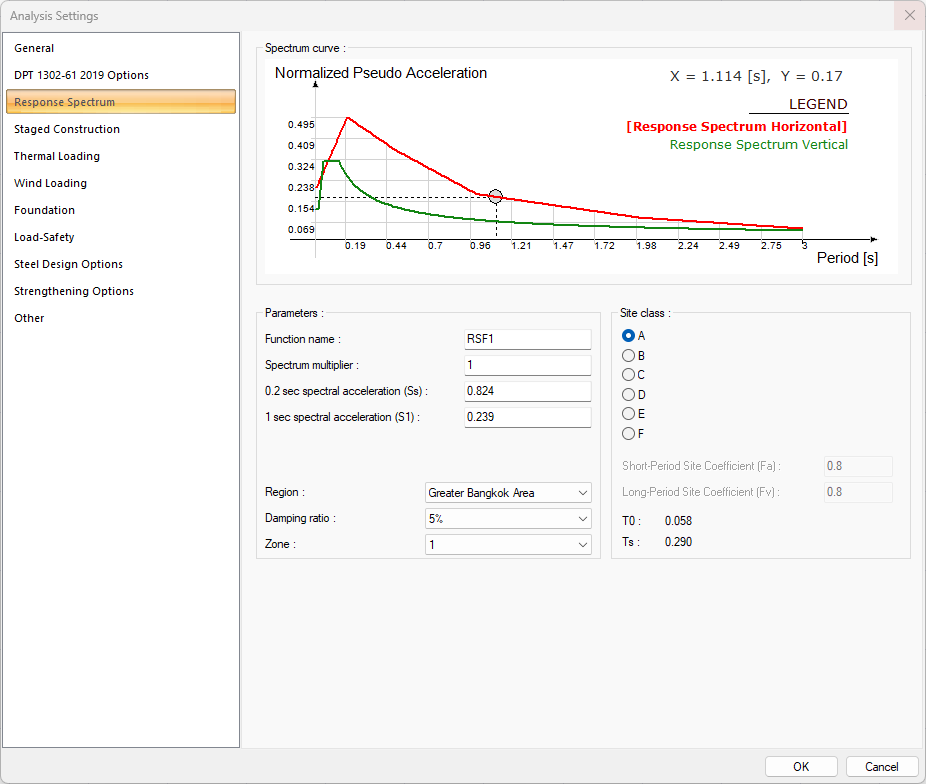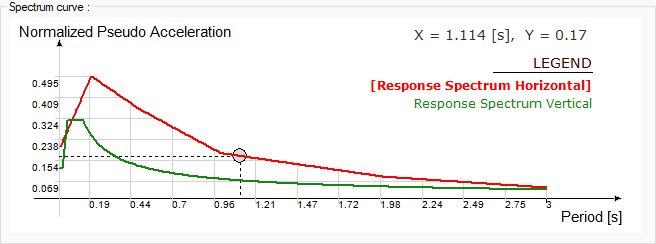DPT 1302-61 2019
Analysis settings that vary depending on the DPT 1302-61 2019 are explained in detail.
Download ideCAD for Seismic Code Design with DPT 1302-61 2019
DPT 1302-61 2019 Options Tab

Specifications |
|---|
Structural system type  The type of structural system for X and Y direction is selected in accordance with the design of the building. |
Response modification coefficient  It is the response modification coefficient value. This row is automatically refreshed when the structural system type is chosen. |
Overstrength factor  It is the strength excess coefficient value. This row is automatically refreshed when the structural system type is chosen. |
Deflection amplification factor  It is the deflection amplification factor value. This row is automatically refreshed when the structural system type is chosen. |
Redundancy factor  It is the redundancy factor value. This row is automatically refreshed when the structural system type is chosen. |
Accidental eccentricity ratio  The eccentricity ratio to be used during the analysis is given as a percentage. |
Use custom vertical seismic load factor  If checked, the custom vertical seismic load factor which entered in "factor to use (instead of 0.2 SDS)" line is used. |
Structural system  If the building block consists of only concrete elements, Concrete; if it consists of only steel elements, Steel; Steel + Concrete option is selected if it consists of concrete and steel elements. |
Building Risk Category  Building risk category value is selected from the list according to the purpose of use of the building. |
Story drift check  Allowable story drift value is entered. |
Response Spectrum Tab

Specifications |
|---|
Spectrum curve 
The spectrum curve resulting from the settings is shown. |
Function name  The name of the spectrum function. |
Spectrum multiplier  Factor of spectrum function. |
0.2 sec spectral acceleration (Ss)  0.2 sec spectral acceleration of spectrum function. |
1 sec spectral acceleration (S1)  1 sec spectral acceleration of spectrum function. |
Region  Select the region for the response spectrum from the list. |
Damping ratio  Select the damping ratio for the response spectrum from the list. |
Zone  Select the zone for the response spectrum from the list. |
Site class  Site class is selected. |
Short-period site coefficient (Fa)  Short-period site coefficient of spectrum function. |
Long-period site coefficient (Fv)  Long-period site coefficient of spectrum function. |
T0/Ts  Spectrum Characteristic Periods. |
Download ideCAD for DPT 1302-61 2019
Next Topic
Related Topics
